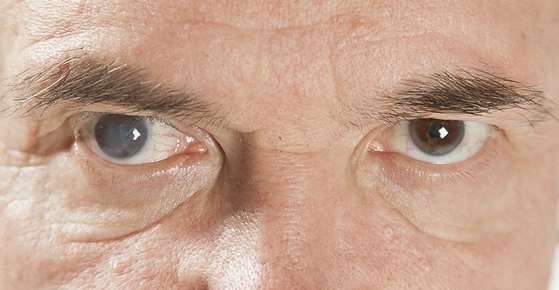CATARACT

What is a cataract?
A cataract is a clouding of the lens in your eye. These lesions are common in older people and by the age of 80 more than half of all Americans will have had a cataract or cataract surgery. Cataracts can affect either eye but do not spread from one to the other. Cataracts affect vision, other common symptoms include:
- Blurred vision
- Fading of colors
- Double vision
- Decreased night vision
- Glare
- Frequent need to change lens or eyewear prescriptions
There are different kinds of cataracts categorized by how they are caused. Cataracts can be detected by a visual acuity test, dilated eye exam or tonometry (an instrument that measures pressure in side the eye).
What causes a cataract?
Cataracts occur when proteins in the lens clump together forming a cloudy spot. In an unaffected individual, the lens is clear and helps focus light, or an image, on the retina. Normally light passes through the transparent lens to the back of the eye forming an image. If the lens becomes cloudy some of the light/image cannot pass through and reach the retina, resulting in a blurry image. The clumping of lens proteins can be a result of aging, wear and tear and direct sunlight exposure. Some research suggest smoking and diabetes as causes of cataracts.
How are cataracts treated?
Symptomatic cataracts can be initially managed with new glasses, brighter lighting or anti-glare sunglasses. If these measures don’t work cataract surgery can be done. Surgical treatment involves removing the clouded lens and replacing it with an artificial lens. Prevention of cataracts is important and can be done by wearing sunglasses and wide-brim hats to avoid sunlight exposure.


